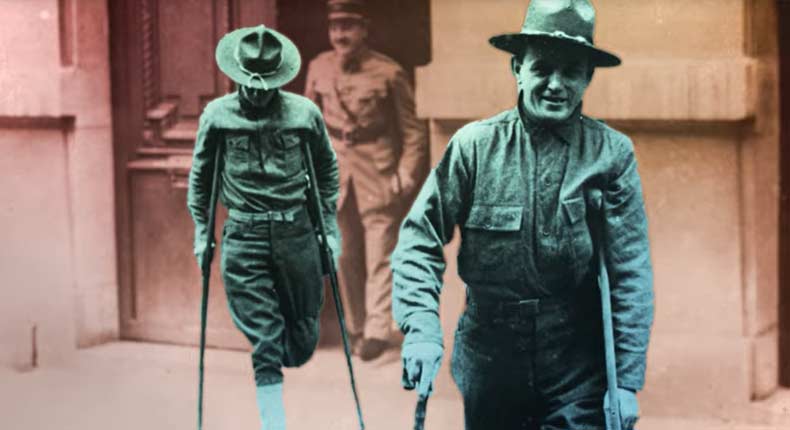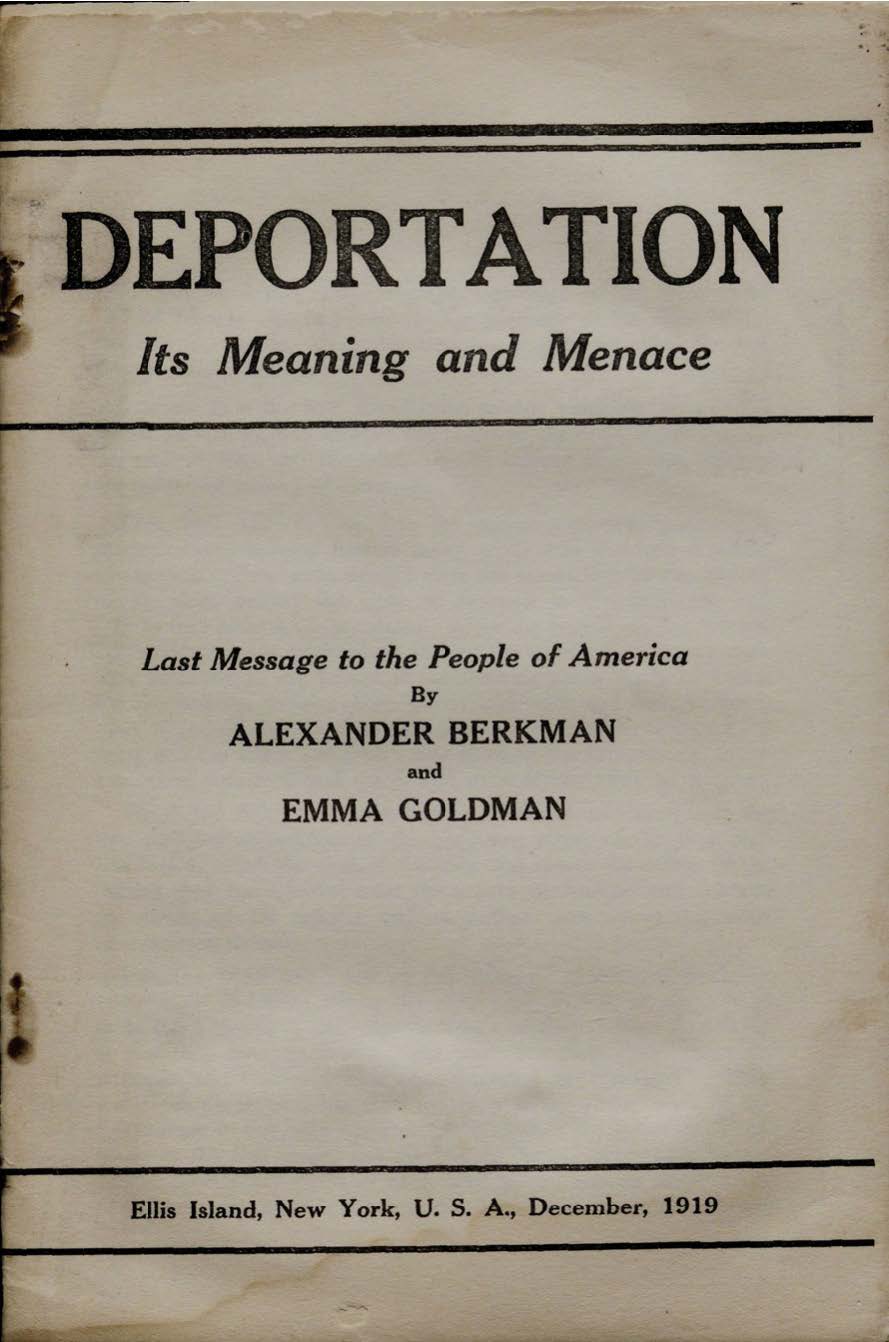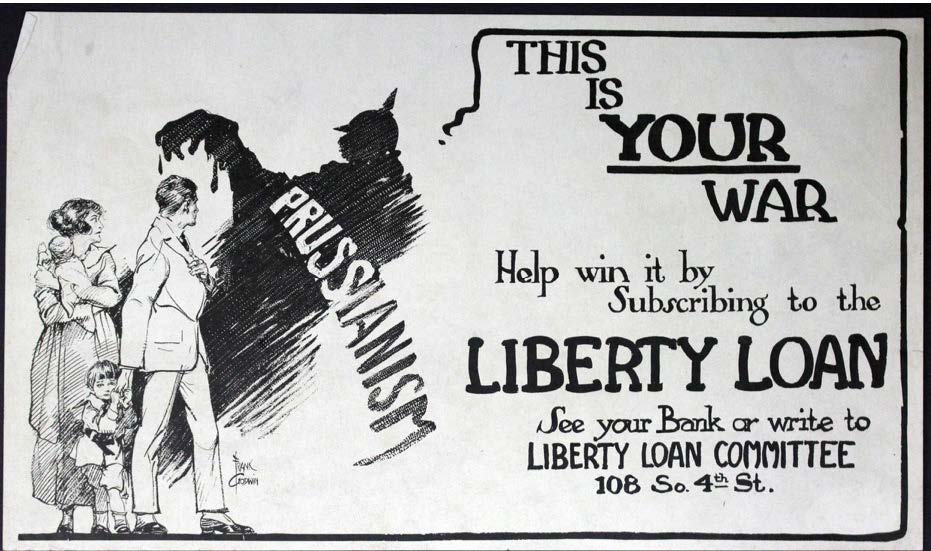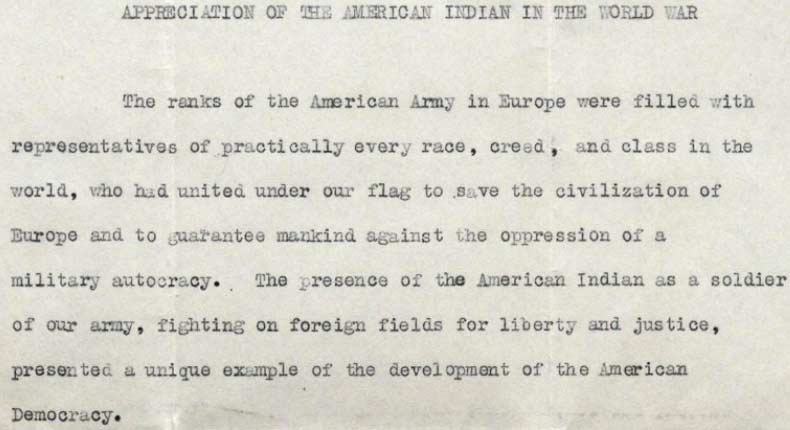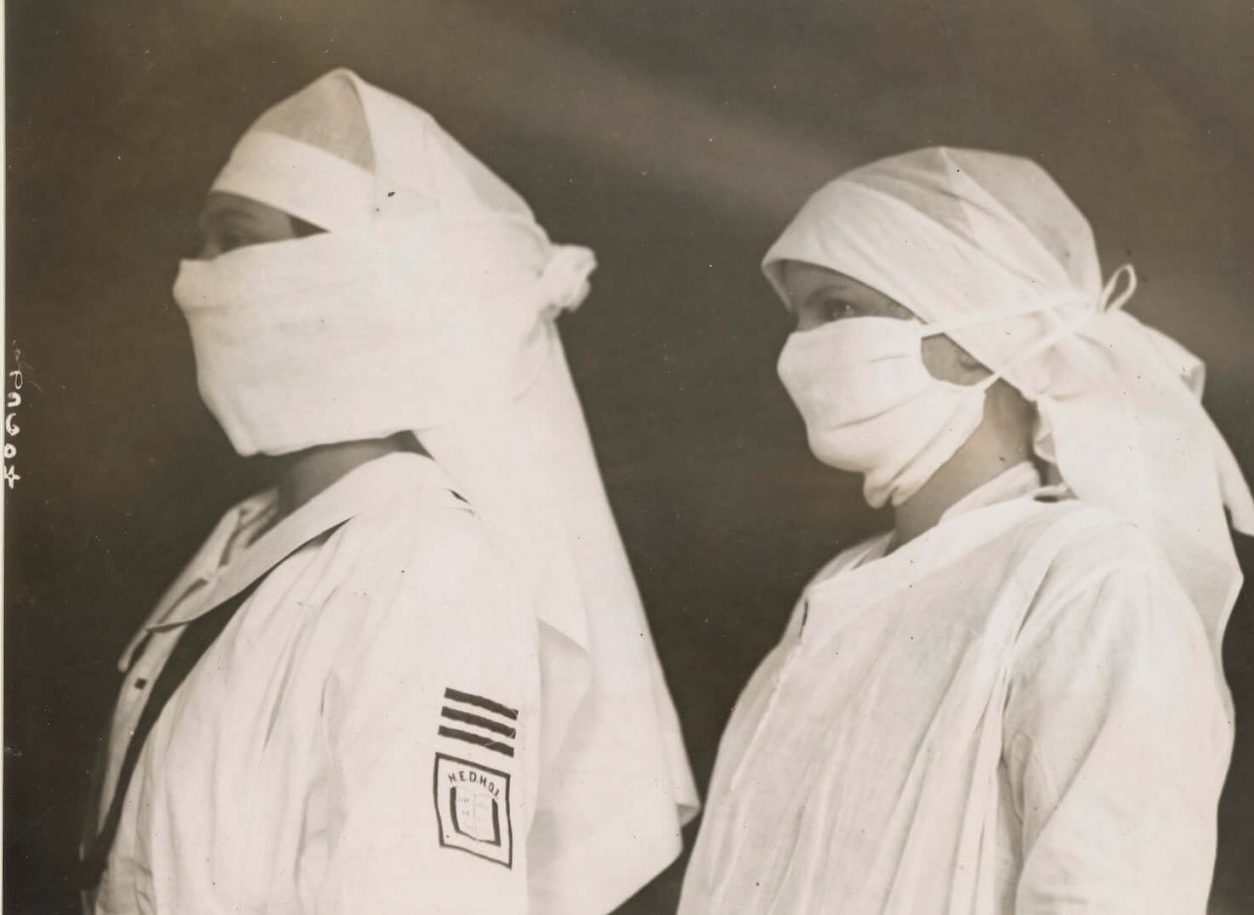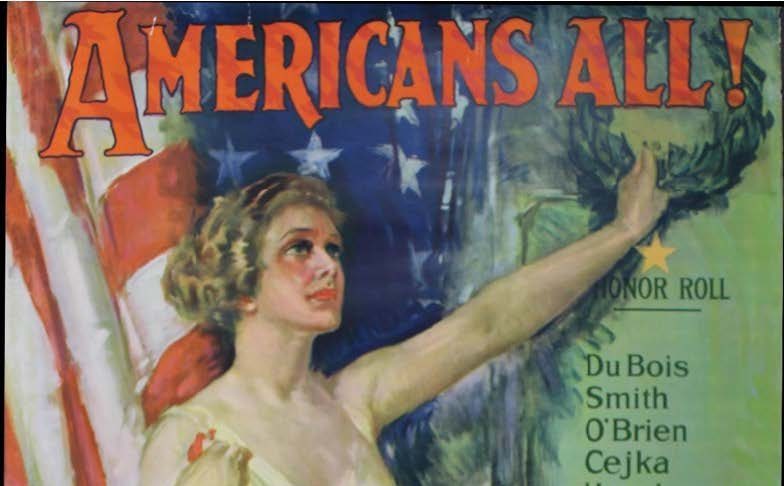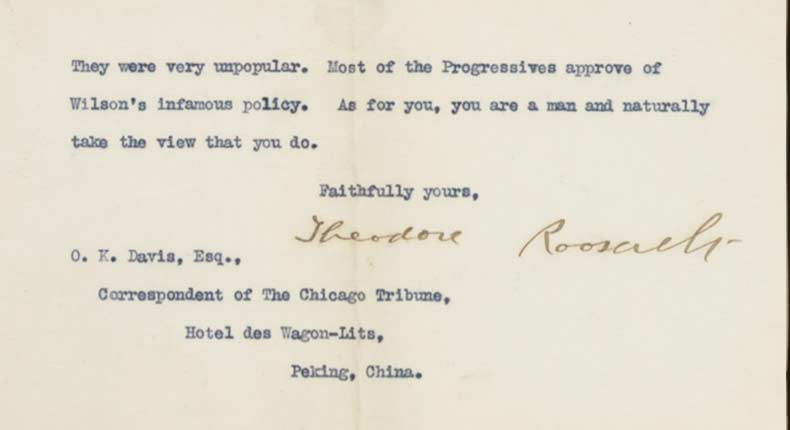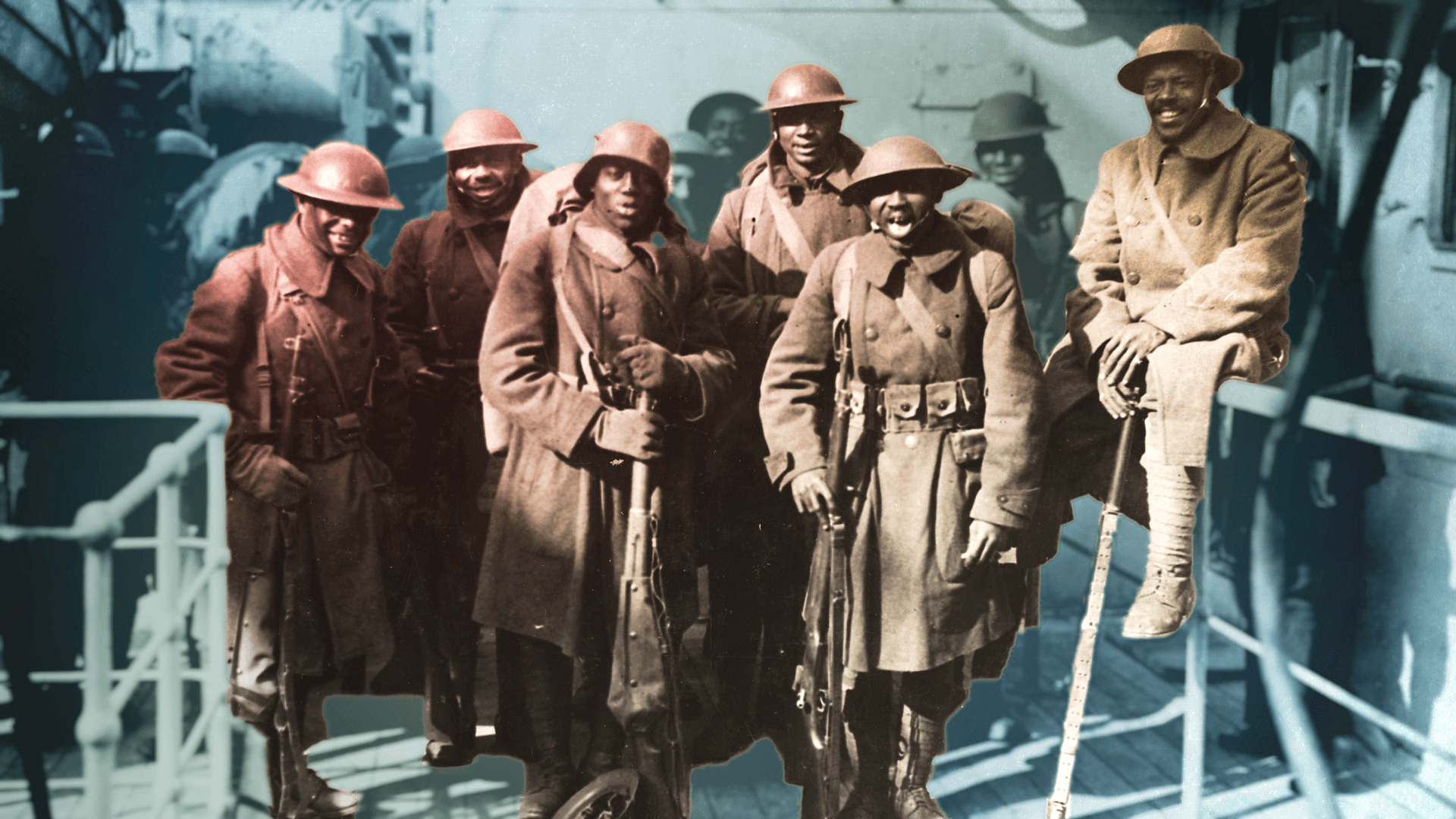Rules for Discharging Disabled Veterans, 1919
April 15, 2020
When World War I ended in 1918 more than 4.6 million men returned to the United States from war. The American people and the US government were unprepared to reintegrate and care for the men who returned with physical injuries and psychological damage that would affect veterans for the rest of their lives.
Read More
Emma Goldman and the Restriction of Civil Liberties, 1919
April 15, 2020
Emma Goldman was born to a Jewish family in Kovno, Russia (present-day Lithuania). In 1885, at the age of sixteen, she emigrated to the United States, becoming a well-known author and lecturer promoting anarchism, workers’ rights, birth control, and other political and social movements. Anarchists believed that people could naturally govern themselves without systematic controls. They openly rejected US involvement in World War I, and their anti-government activities concerned many in authority
Read More
Diary of World War I Nurse Ella Osborn, 1918–1919
April 15, 2020
At the outbreak of World War I, Ella Jane Osborn was a surgical nurse at Mount Sinai Hospital in New York City. In January 1918, she volunteered to serve with the American Expeditionary Forces as a member of the Red Cross’s nursing service in Europe. Initially, nurses were to work only in hospitals far from the front lines. However, the need to have medical treatment available near the fighting changed these plans, and Osborn was assigned to Evacuation Hospital Number 1 at Sebastopol Barracks in France, just seven miles from the front. Sick and wounded soldiers were sent from the…
Read More
Selling World War I: “Buy Liberty Bonds!” 1917–1919
April 15, 2020
When the United States declared war on Germany in April 1917, it needed funds to support the war effort. The Civil War had demonstrated that simply printing more currency would lead to inflation and economic trouble. During World War I, the Secretary of the Treasury and head of the Federal Reserve, William G. McAdoo, did not want to risk devaluing the new US paper currency, which had only been in existence since 1914. Therefore, McAdoo decided to gather one-third of the money needed through taxes and the rest through fundraising.
Read More
American Indians’ Service in World War I, 1920
April 15, 2020
More than 11,000 American Indians served with the American forces during World War I. Nearly 5,000 Native men enlisted and approximately 6,500 were drafted—despite the fact that most American Indians were not citizens and therefore not eligible for conscription. In all, approximately 25 percent of Native men served in the military. They often volunteered to serve in dangerous roles, including snipers and scouts. Unlike African American soldiers, Native Americans were not restricted to segregated regiments.
Read More
Reporting on the Spanish Influenza, 1918
April 14, 2020
The Spanish Influenza (H1N1) first appeared in the United States in March 1918. There were periodic, minor outbreaks for six months, but in September a highly fatal second wave of influenza broke out across the country and lasted through January 1919. Within days of being exposed, patients became gravely ill and many died. Influenza is usually dangerous for the very young and the elderly. During this outbreak the disease was deadly for people aged twenty to forty as well. According to the Centers for Disease Control, 195,000 Americans died in October 1918 alone. In less than two years, an estimated…
Read More
Appealing to Immigrants
April 14, 2020
According to the census of 1910, in a total population of almost 92 million, 15 percent had been born outside of the United States. In the years prior to World War I, refugees fleeing the Austro-Hungarian Empire, the Russian Revolution, and anti-Semetic pogroms changed the demographics of the immigrant population as more people from Eastern and Southern Europe arrived on American shores. Census data from the early twentieth century shows the shift in immigration in the first two decades of the twentieth century.
Read More
Theodore Roosevelt on the Sinking of the Lusitania, 1915
April 14, 2020
On May 7, 1915, the British passenger ship Lusitania, sailing from New York to Liverpool, was torpedoed by a German U-boat. The Lusitania sank, killing 1,195 people on board, including 123 Americans. The incident created sharp reactions among Americans, many of whom believed that the United States should inflict an immediate reprisal upon Germany.
Read More
Why Black Men Fought in World War I, 1919
April 13, 2020
During World War I, the approximately 370,000 black men in the US army served in segregated regiments and were often relegated to support duties such as digging trenches, transporting supplies, cleaning latrines, and burying the dead. One notable exception is the “Harlem Hellfighters,” organized in 1916 as the 15th Infantry Regiment of the New York National Guard. Their nickname came from the 200 Harlem residents that comprised the core of the regiment and the German view of them as “Hellfighters.”
Read More
